Coffee Beans FAQs:
An Expert Guide
To Coffee Beans
Coffee beans are the source of one of the world's most popular and beloved beverages. From the type and origin of the beans to the roasting and grinding process, there are many factors that contribute to the unique character of each cup of coffee.
From the harvesting process to storage and preparation, we’ve compiled answers to a range of commonly asked questions people have to help you understand more about coffee beans, and take your coffee expertise to the next level. So let's dive in and explore the world of coffee beans!
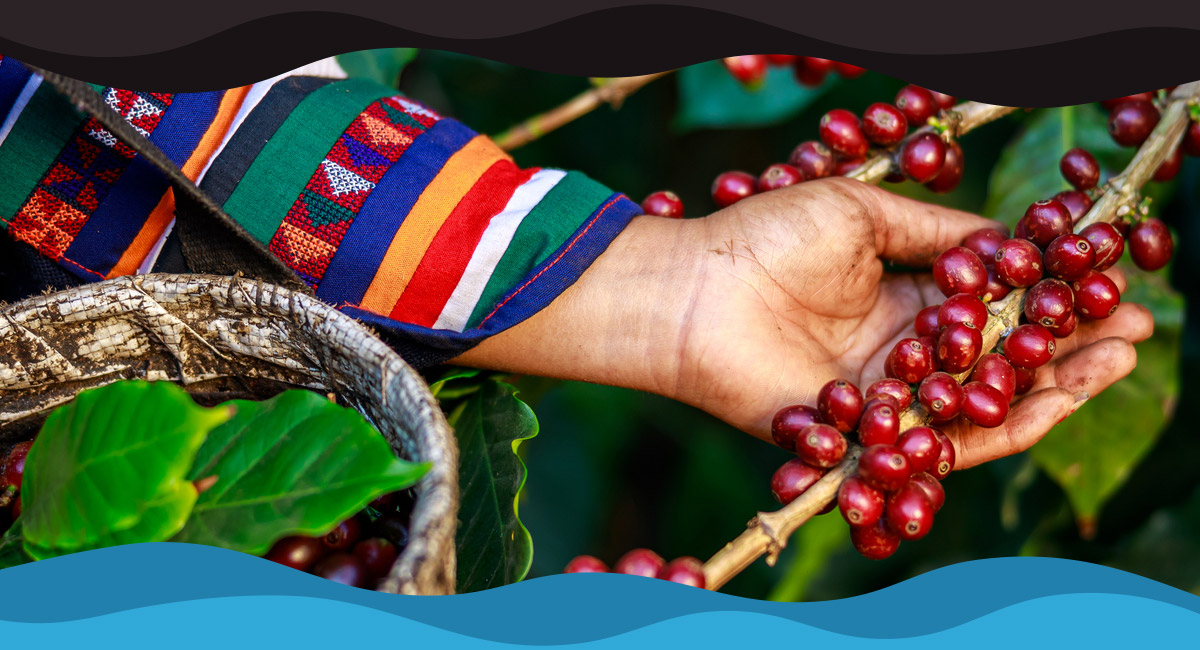
How do coffee beans grow?
Coffee beans are the seeds of the coffee plant, which is a fruit-bearing shrub. They grow in clusters, typically at the base of the leaves, starting out green before ripening to a red or yellow colour, depending on the variety.
Ripe beans are picked and processed to create the coffee we know and love. The processing typically involves drying and roasting the beans, which is what gives coffee its distinct flavour.
Where do coffee beans come from?
Coffee beans are grown in more than 50 countries around the world, with some of the main growing areas including Brazil, Vietnam and Colombia, as well as other countries like Ethiopia, Kenya, Vietnam, and Indonesia. From growing to drinking, the journey coffee takes to reach your cup is certainly an interesting one.
Coffee beans are grown in tropical and subtropical regions and thrive in warm climates with plenty of rain and full sun. Coffee is grown at various altitudes, with different varieties of coffee beans reaching their peak flavour and aroma depending on how high the land is where they are grown. Coffee beans are picked by hand and then dried, either in the sun or on raised beds, before being processed and shipped to coffee roasters around the world.
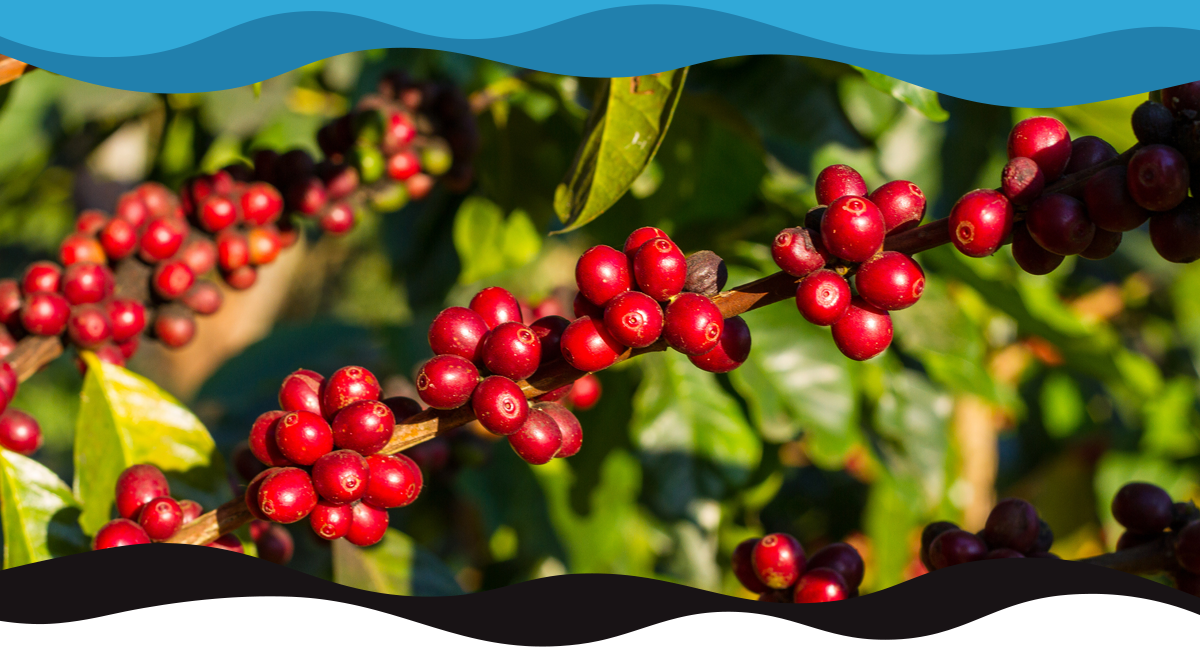
Which country produces the most coffee beans?
Brazil is currently the world’s biggest coffee grower. The country has a rich coffee culture and produces over 2.6 billion pounds of beans each year. Brazilian coffee is known for its smooth, mild flavour and is widely enjoyed by coffee fans around the globe.
Coffee production in Brazil is an important part of the economy, with hundreds of thousands of farmers and workers employed in the industry.
Are coffee beans good for you?
Coffee beans are packed with potential health benefits that make them a great addition to any diet. Rich in antioxidants, minerals, and vitamins, coffee beans are believed to help reduce the risk of heart disease, regulate blood sugar levels, and provide energy.
They contain caffeine, an energy-boosting stimulant, which can help improve focus and mental clarity. Coffee beans also contain chlorogenic acid, which can help lower blood pressure and reduce inflammation.
Additionally, coffee beans have been linked to reduced risk of certain cancers, decreased risk of stroke, and improved cognitive function. With so many health benefits, it's no wonder why coffee beans are a popular choice among health-conscious individuals.
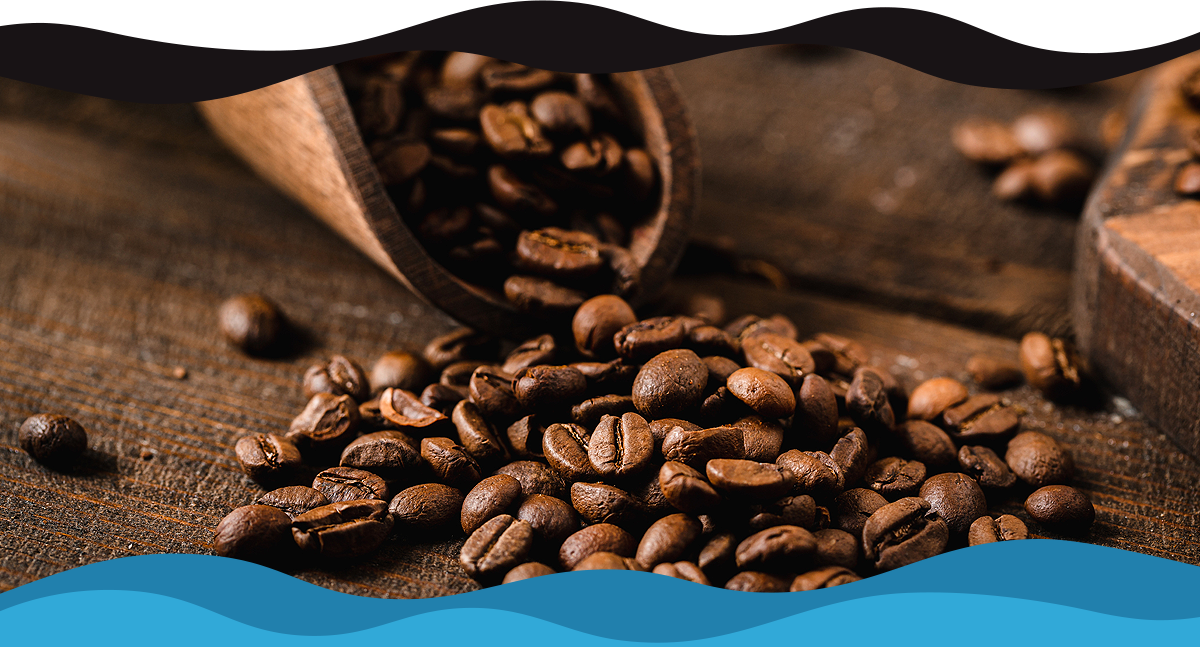
What are the different types of coffee beans?
There are four main types of coffee beans - Arabica, Robusta, Liberica, and Excelsa. Arabica is the most popular type of bean, and is well known for its sweet, balanced flavour. Robusta is a bit more bitter, but it has a higher caffeine content.
Liberica is the least common type of bean, with a distinctive flavour that some say has a hint of smokiness. Finally, Excelsa has a strong flavour, often compared to black currant or cedar. Each of these beans has its own unique flavour, and can be used to make a variety of coffee drinks.
What is the difference between Arabica and Robusta coffee beans?
Arabica and Robusta coffee beans are two of the most commonly used species of coffee beans. Arabica beans are considered to be of higher quality and are known for their sweet, intense flavour. Robusta beans, on the other hand, are more robust and have a more earthy flavour profile to them.
Arabica beans are usually more expensive to buy and have a higher caffeine content, while Robusta beans are generally more affordable and have a lower caffeine content. Additionally, Arabica beans are typically grown at higher altitudes, whereas Robusta beans are grown at lower altitudes.
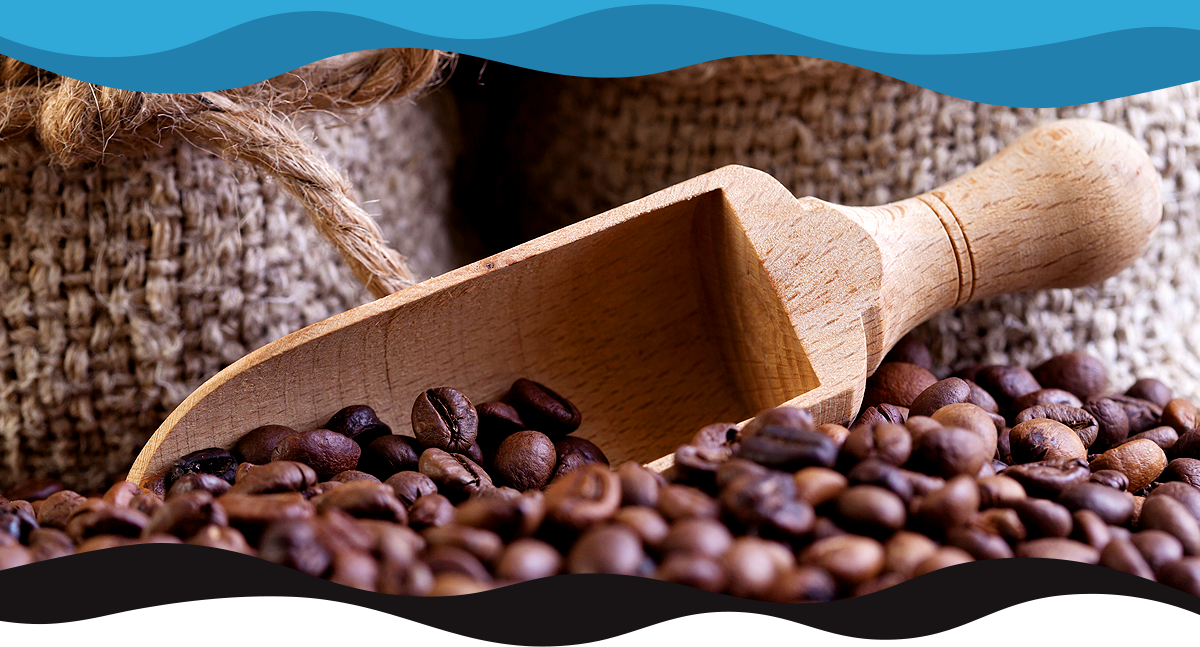
What can affect the quality of coffee beans?
The quality of coffee beans can be affected by a number of different factors, including where they are grown, how they are harvested, the storage and roasting processes, and the freshness of the beans.
The quality of the soil, climate, and weather at the coffee’s origin play a big role in the quality of the beans. Beans grown at higher altitudes tend to be more flavorful as the cooler temperatures produce slower-growing beans that are more dense and flavorful, and this is why many of the world’s best coffees come from farms that are high above sea level.
As well as where they are grown, how the beans are harvested also affects the quality of the coffee they are used to make. If the beans are harvested too early, they will have a lower flavour profile, while if they are harvested too late, they can be bitter or sour.
Storage and roasting are yet further processes that impact the quality of the beans. Proper storage helps to maintain the flavour of the beans, while improper storage can cause them to deteriorate too quickly. Roasting the beans at the right temperature is also essential to maximise the flavour of the beans.
How are coffee beans decaffeinated?
There are various ways in which coffee beans can be decaffeinated. The first, and perhaps the most common, is through a process known as solvent extraction, where the beans are soaked in a solvent such as methylene chloride or ethyl acetate, which extracts the caffeine out of the beans.
After that, the beans are washed with hot water to remove any remaining solvent, and then dried. The process is repeated until the desired level of caffeine is reached. The result is a decaffeinated product that retains many of the original flavour profiles of the beans.
Another method is the Swiss Water process, in which coffee beans are soaked in water that contains soluble solids found in coffee to draw out the caffeine from the bean. The process doesn’t use any chemicals, and is used to produce smooth tasting coffee that’s 99.9% caffeine free.
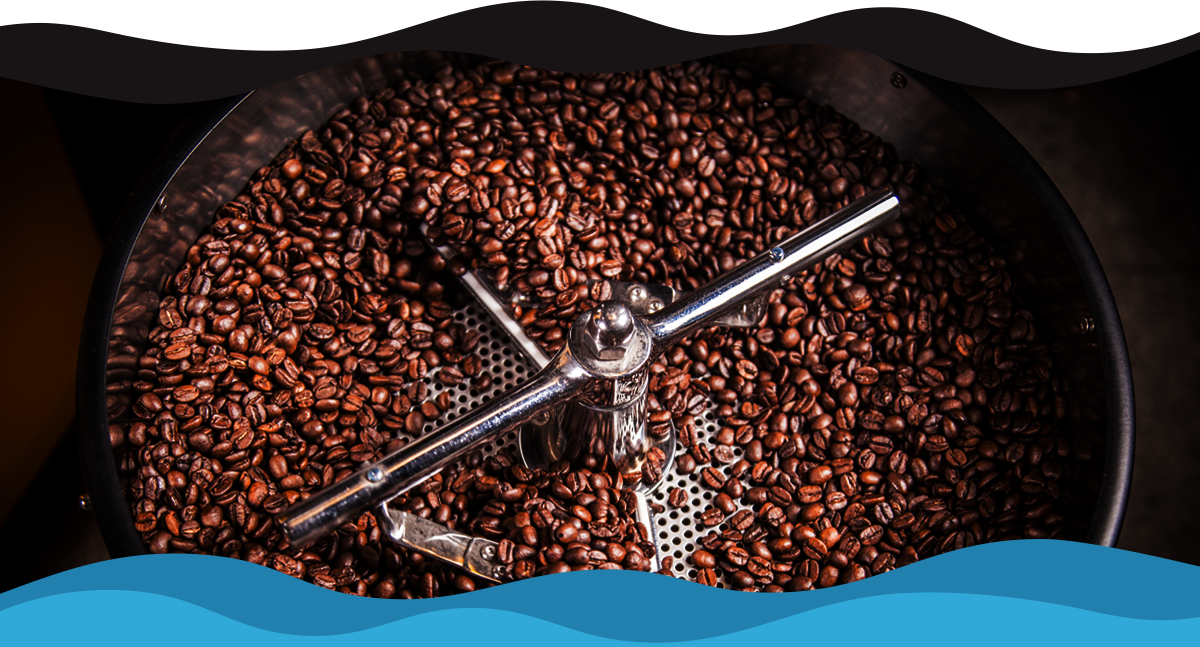
How are coffee beans roasted?
Roasting coffee beans is a complex process that requires precision and attention to detail. It begins with the selection of green coffee beans, which are sorted, cleaned, and inspected to ensure that only the highest quality beans are used.
In conduction roasting, the beans are then placed in a roasting drum, heated to temperatures between 400 and 500 degrees Fahrenheit, and constantly agitated to ensure even roasting. As the beans roast, they change colour from green to yellow to light brown to dark brown.
Roasting time varies depending on the desired flavour profile, but typically takes between 10 and 20 minutes. Once the desired roast has been achieved, the beans are cooled, removed from the roaster, and packaged for sale.
What is the difference between conduction and convection roasting?
Conduction roasting is the direct application of heat to the coffee beans, which is achieved by using a roaster that applies direct heat to the beans. Convection roasting, on the other hand, is the indirect application of heat to the beans.
This is achieved by using a convection oven to circulate hot air around the beans. Convection roasting is considered to produce smoother tasting coffee, particularly for medium and dark roasts, as it takes longer for the beans to roast and absorb the heat. This means the beans are roasted more gently, and the absence of burnt layers means that the coffee doesn’t have a bitter taste that can be found with some conduction roasted options.
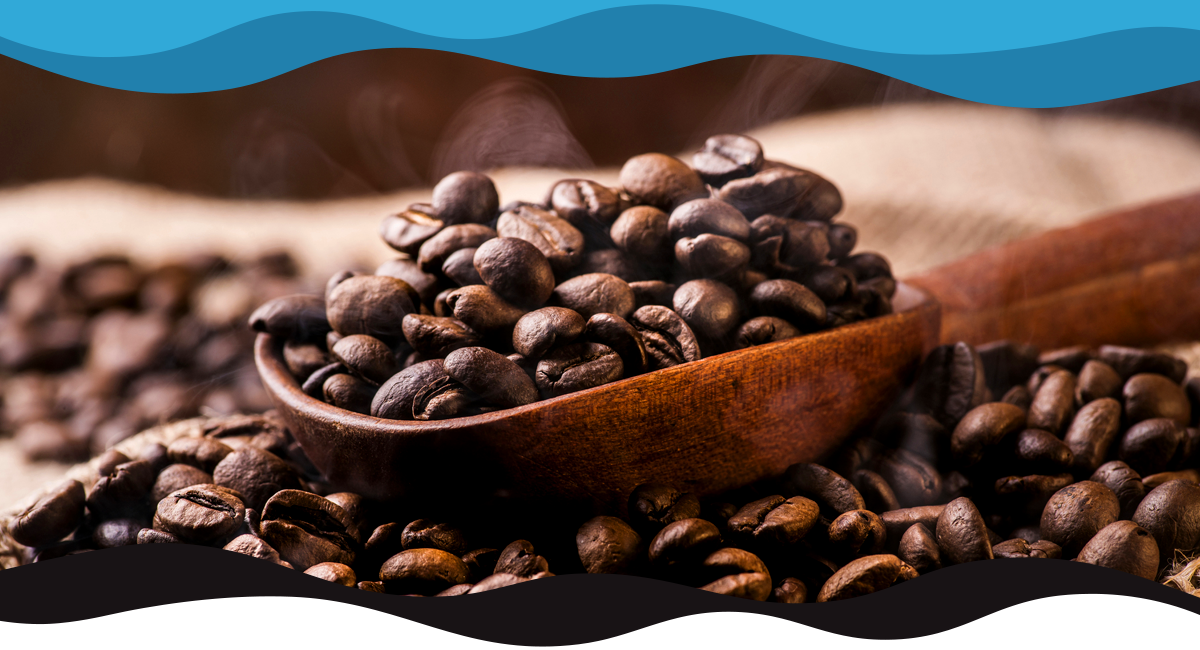
What is the difference between light and dark roast coffee beans?
Light roast coffee beans are beans that have been roasted for a shorter amount of time than dark roast beans. The result is a lighter, more mild flavour with a slightly acidic finish. Light roast beans generally have a higher caffeine content, while dark roast beans have a more intense flavour and a smoother finish.
The longer roasting time of dark roast beans also reduces the amount of caffeine in them. Ultimately, the choice between light and dark roast coffee beans comes down to personal preference, as both have unique flavour profiles that can offer something unique to the coffee drinking experience.
Can I roast my own coffee beans?
Yes! Roasting your own beans is a great way to enjoy the delicious taste and aromas of the freshest coffee. Roasting your own also gives you control over the flavour and strength, allowing you to experiment to find a unique coffee taste.
With the right equipment, roasting your own coffee can help you to save money in the long run, particularly if you operate a coffee shop or other business that needs large volumes of beans daily. You can purchase green coffee beans in bulk and roast them yourself, which enables you to offer something individual to customers. If you're looking to get the freshest cup of coffee, and have a passion for the process, then roasting your own beans is definitely something to consider.
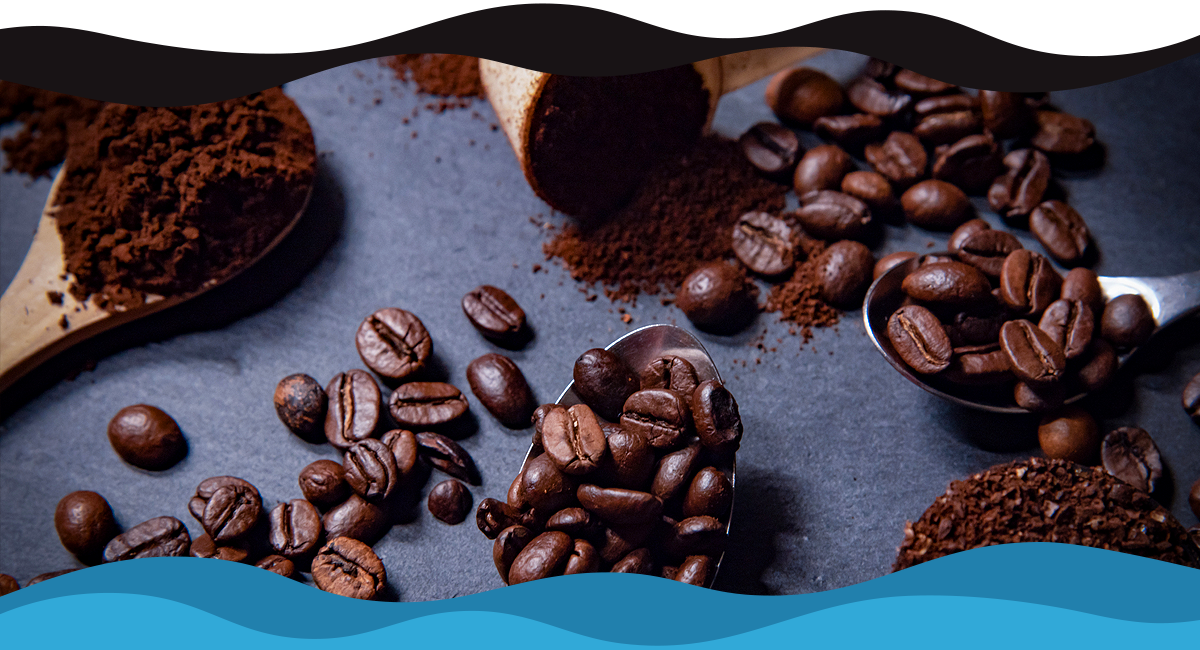
Can any coffee beans be used for espresso?
Yes, any type of coffee bean can be used for espresso. However, different types of beans have different flavour profiles and will have different effects on the flavour of the espresso.
For example, Arabica beans are generally used for espresso due to their higher acidity and fuller flavour. Robusta beans, which are less acidic and more bitter, are more suited for other types of coffee beverages.
Additionally, the type of roast used for the beans can further enhance the flavour of the espresso. Darker roasts are more intense, while lighter roasts are more mellow. Ultimately, the choice of beans and roast will come down to the individual's taste preferences.
What are the different types of coffee grind?
There are three main types of coffee grinds: coarse, medium, and fine. Coarse grinds are typically used for French press, while medium grinds are used for pour-over coffee. Fine grinds are used for espresso.
Coarse grinds are large and have a rough texture, while medium grinds are still relatively large and have a slightly smoother texture. Fine grinds are very small and have a very smooth texture. All three types of grinds are important for the perfect cup of coffee, as the right grind size is essential for the best flavour extraction.
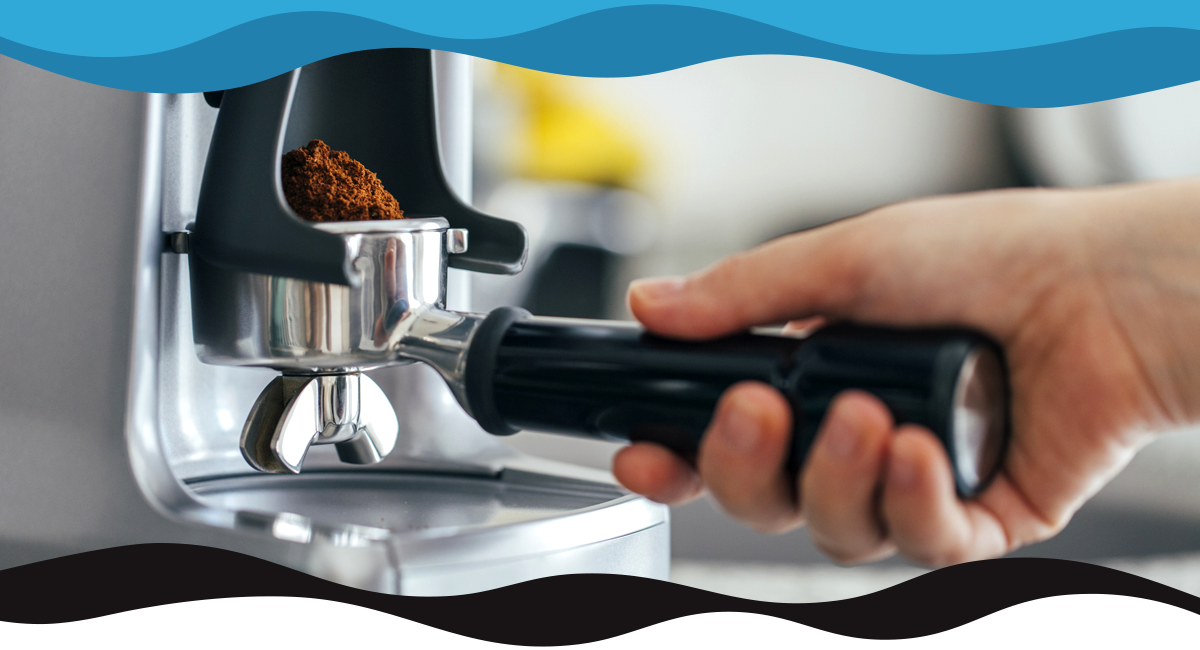
What is the best way to grind coffee beans?
The best way to grind coffee is to use a high quality coffee bean grinder. This type of grinder gives the most consistent grind size, allowing you to control the coarseness or fineness of the grind.
Professional models are designed to handle the busiest commercial environments, and deliver perfectly ground coffee all day long. To use a grinder, simply fill the hopper with beans, select your grind setting, and turn the grinder on. You can adjust the grind settings to get the perfect grind for your coffee.
Can you use a blender to grind coffee beans?
A blender can be used to grind coffee beans, but it's not the most effective or efficient way to do so. A dedicated coffee grinder is better suited for the job, as it is specifically designed to grind coffee beans evenly, quickly, and consistently.
Blenders, on the other hand, are designed for blending and pureeing, not for grinding, and so would not be able to produce the same results as a dedicated coffee grinder.
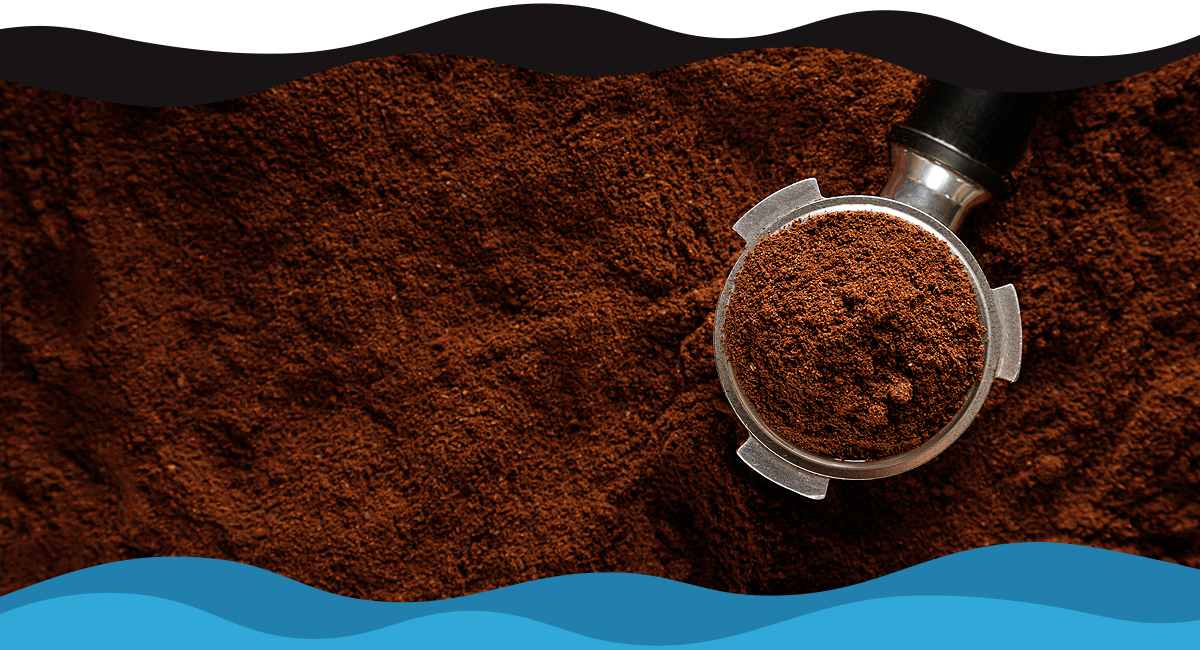
What type of coffee grind is best for espresso machines?
Espresso machines require a very fine grind of coffee beans, much finer than most other coffee machines. This allows the water to extract more flavour and aroma from the beans, resulting in a stronger, more intense cup of espresso.
The finely ground coffee also allows the pressure from the machine to work more efficiently, creating the perfect espresso. The ideal grind size for espresso machines is a medium-fine grind, similar to table salt. It should be fine enough to pass through a sieve, yet coarse enough to still have some texture.
What type of coffee grind is best for a french press or cafetiere?
The best type of grind for a French press or cafetiere is a coarse grind. Coarse grinds are bigger than fine grinds, so they don't get stuck in the filter. The coffee grounds should be large enough that they sink to the bottom, giving you the best extraction of flavour.
This type of grind also ensures that the water passes through the coffee quickly and evenly, resulting in a robust and full-bodied cup of coffee.
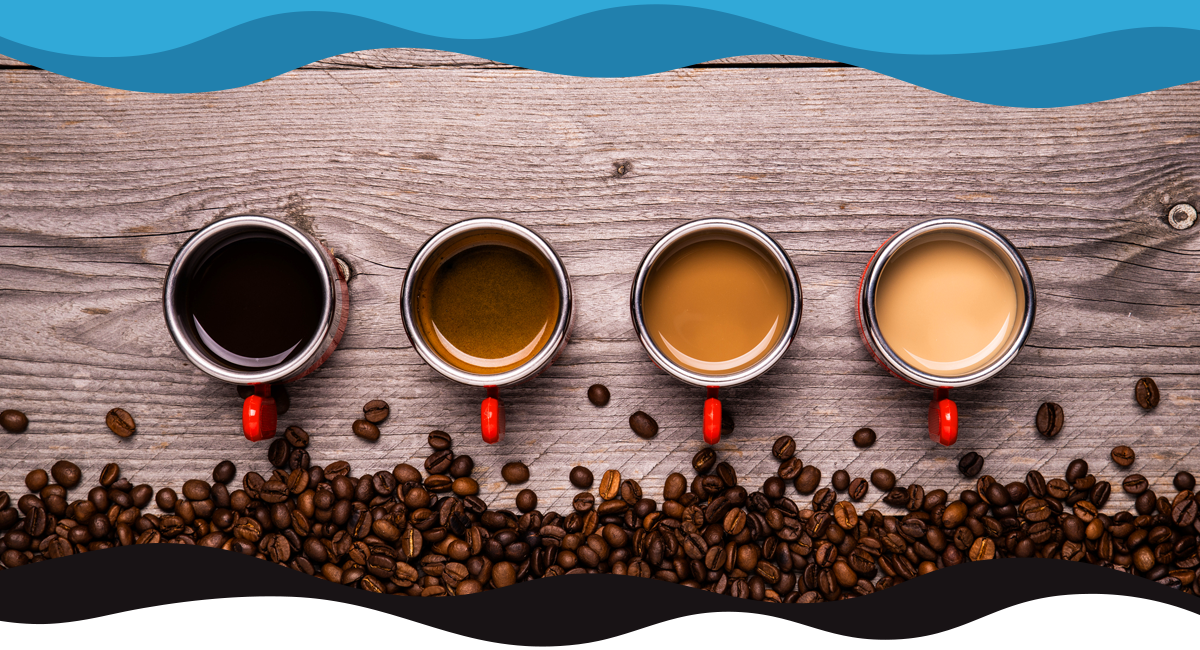
What is the best way to store coffee beans?
The best way to store coffee beans is to keep them in an airtight container away from heat, light, and moisture. This will help to preserve their flavour and aroma, and prevent the beans from going stale.
Additionally, storing the beans in a cool, dry place such as a pantry or cupboard will help to keep them at their freshest. It is also important to keep the beans in a dark place, as light can cause them to lose their flavour. It is also important to make sure the container is closed properly to prevent moisture from entering and spoiling the beans.
Can coffee beans be frozen?
Coffee beans can absolutely be frozen, though it's not recommended for the best flavour. When frozen, coffee beans lose some of their aromatic oils and rich flavour, leaving a muted and weaker cup of coffee.
Freezing coffee beans can be an effective way to store them for longer periods of time, and is certainly better than seeing them go to waste, but the resulting cup of coffee won't be as good as if they were freshly roasted.
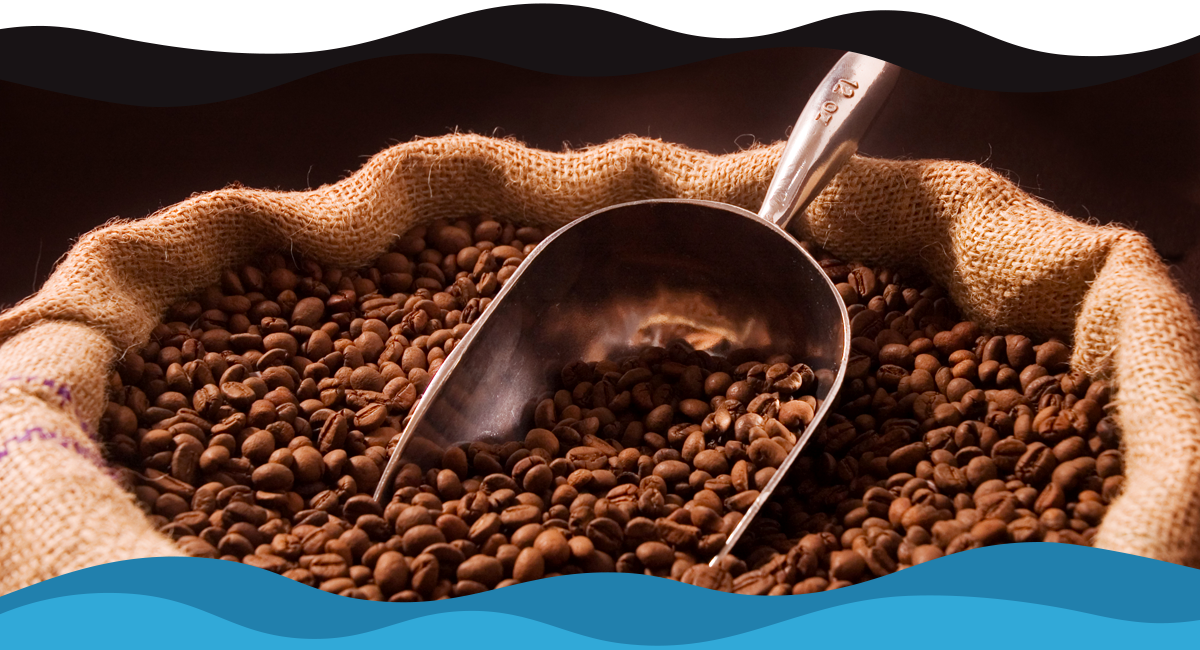
How long do coffee beans last?
Coffee beans can last for a surprisingly long time in the right conditions. If stored in an airtight container away from direct sunlight and kept in a cool, dry location, they can stay fresh for up to two years. If vacuum-sealed in a mylar bag, they can stay flavorful for up to five years.
However, fresher is usually better when it comes to coffee, which is why it's usually best to buy in smaller quantities and store them in an airtight container in a cool, dark place. Getting freshly roasted beans delivered regularly means you can always serve coffee when it’s at the peak of its flavour.
How long after roasting is coffee good to use?
Roasted coffee is best enjoyed within 1-2 weeks of roasting, as this is when the flavours are at their most vibrant. While good quality coffee will still taste great for much longer than this, after this time the taste can begin to diminish.
For optimal flavour, ensure proper storage for roasted coffee, and aim to buy enough to last you around a couple of weeks at a time.
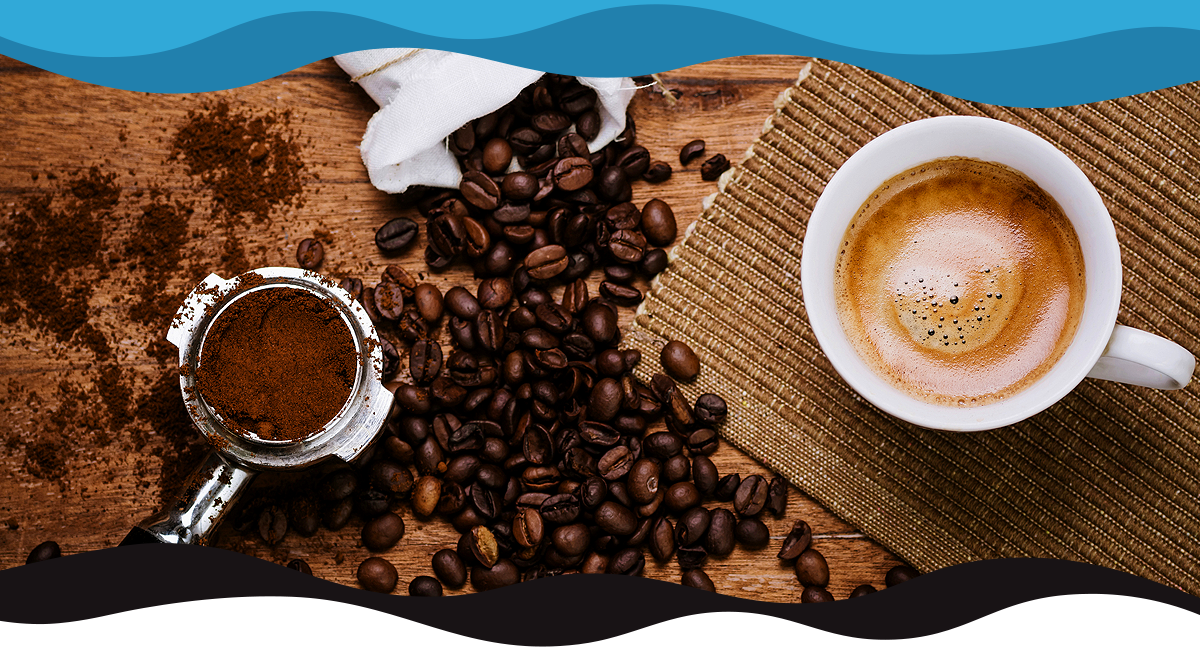
How do I know if my coffee beans are stale?
Coffee beans are usually considered stale if they are more than two weeks old. You can tell that they're stale if they have a dry and brittle texture that's no longer pliable. They also tend to have a dull and lifeless appearance, and they may have a musty smell when you open the bag.
If the beans have been exposed to air and light, they may have lost their flavour. To test their freshness, you can taste a few of the beans and see if they still have a rich and bold flavour. If not, then it's time for a new bag of beans.
Where is the best place to buy coffee beans?
We might be biased, but we’d have to say that we think the best coffee beans are available right here at PureGusto. Our beans combine incredible flavour and great value, and are available for fast delivery so you can get them exactly when you need them.
Check out our range of wholesale coffee beans, which are available in a selection of pack sizes. We can even grind them exactly to your liking before shipping.
Our range includes coffees grown in some of the world’s best coffee farms, and we then convection roast our beans for a superior taste that our customers definitely appreciate. Our coffee has been recognised with over a dozen Great Taste awards, so you know you’re getting something special when you buy coffee from PureGusto.
